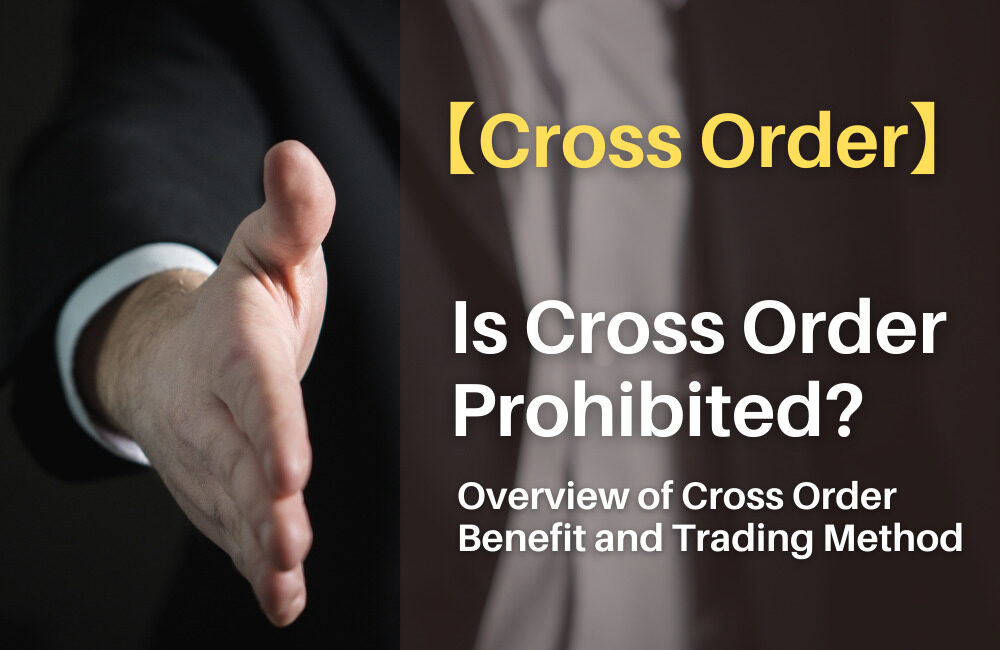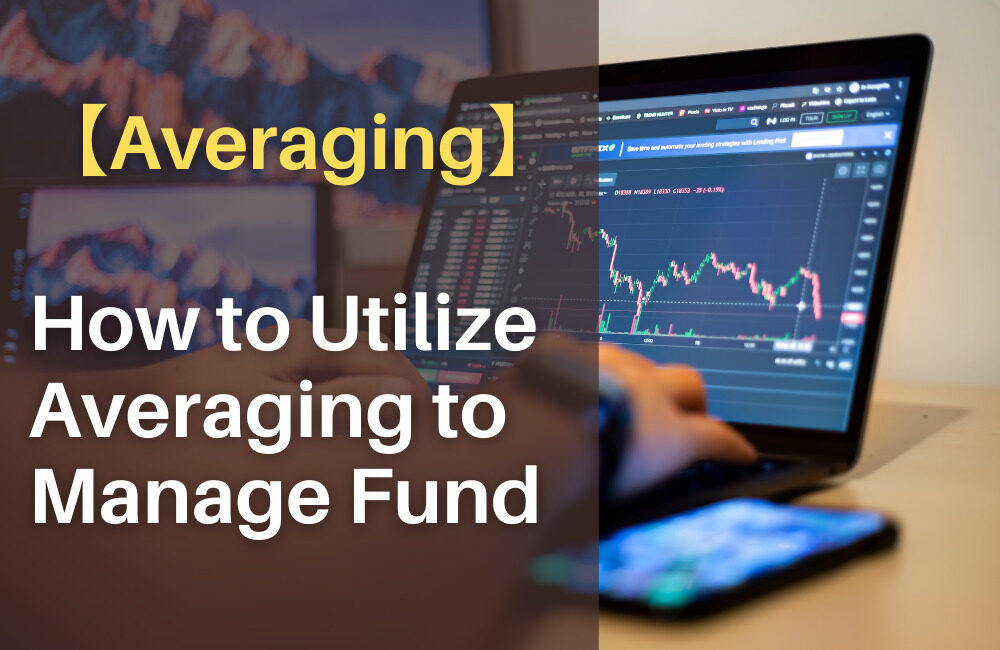[Summary of This Article]
- Unsuccessful traders tend to prioritize the recovery of their losses as quickly as possible.
- There are three important principles to make a profit stably.
- Use the trading logic verified as sufficiently competitive
- Acquire the capabilities to manage his/her own fund
- Steadily make full of above 1 and 2
This article introduces the typical mistakes unsuccessful FX traders make and how to succeed in FX trading. No trader can make money easily from the beginning. Even the traders who are succeeding now have once experienced hard times, regardless of the amount of loss. I hope this article will help you to deal with FX trading in the future.
Contents
Typical Situation Unsuccessful Traders Confront
Beginners of FX trading and FX traders who have not yet made a profit tend to make similar mistakes steadily. Especially, they are likely to make a trade to try to recover the huge losses. We take a closer look at this mistake by taking an imaginary trader named Mike for example.
A Tale of Failed FX Trader

Mike, a newcomer to the world of FX trading, started it only six months ago. As a corporate employee, he has earned USD 2,000 per month and had USD 10,000 in savings.
One day, he thought, "I don't have any debt, but it would be nice to increase my money besides my salary.” So he withdrew USD 1,000 from his savings and put it into his FX account to start FX trading. At this point, his margin was USD 1,000.
He set gain/loss ranges of USD 50.00 per trade to double his margin, given that he can achieve 20 successful transactions. He started FX trading with 10,000 currencies.
At first, things went well as Mike has successfully increased his margin from USD 1,000 to USD 1,200.
However, a sudden market fluctuation reduced his margin from USD 1,200 to USD 200. This loss triggered a gradual change in his trading style.
Even though his initial goal was to earn a profit of USD 50.00 per trade, the loss of USD 1,000 drove him to think, "I have to increase my margin to USD 1,200 or at least the break-even point (USD 1,000)”. So Mike, who had initially decided to put into the market 10,000 currencies against the margin of USD 1,000, invested the same amount of currencies even though his margin had already decreased to USD 200. He wanted to recover his losses as quickly as possible.
His margin at that time was one-fifth of the original margin. Accordingly, he should have reduced the number of currencies invested. But he ignored this rule. Instead, he conducted trading with five-time higher leverage than his starting point. He wanted to recover his losses as quickly as possible. Unfortunately, he lost all the money in his account after facing several unsuccessful trades. By rights, he had to quit FX trading here.
Still, Mike decided to get the lost USD 1,000 back. So he withdrew another USD 1,000 from his savings to resume FX trading. As a result, his savings decreased to USD 8,000.
Mike reflected on his previous trading style and decided to change his mind and do his best. However, unlike the last time, he invested 20,000 currencies because, as you may know, he wanted to recover his losses as quickly as possible. Unfortunately, it didn't take long for him to lose this USD 1,000.
In this way, his dream of FX trading faced a tragic ending. We have nothing but to cross our fingers for him.
You may think that it is not easy to find someone like Mike. But in fact, there are quite a few. Unfortunately, this is the world of FX. Actually, I also made a similar mistake when I was a beginner.
Next, we take a look at what caused Mike to lose his money and what he should have done to make a profit.
Lessons Learned from Mike’s Failure
The reason for Mike’s failure is that he stuck to the recovery of his losses as soon as possible.
Traders who consistently make a profit keep the following principles in mind.
- Use the trading logic verified as sufficiently competitive
- Acquire the capabilities to manage his/her own fund
- Increase the experiences of above 1 and 2 in a stable manner
Before he learned them, Mike conducted a lot of high-risk trades with a lot of margins. What drove him was the desire to recover his losses quickly. Now, we take a closer look at these principles.
What It Takes to Be Successful FX Trader
① Use the trading logic verified as sufficiently competitive
It is important to backtest how competitive your established trading logic is.
It is dangerous to conduct real trades in reference to what an “influential” FX trader says on his/her YouTube channel or his/her guidebook. It is because the logic such traders teach often requires us to conduct multiple backtests and/or practices (demo trades) to fully master, or they do not always put all their cards on the table.
For your reference, I have made public some of my trading logics.
Related Article:
【Trading Logic Using Moving Averages】 Why I Have Been Successful in FX trading.
【HotForex Custom Indicator】 Introducing How to Utilize Pivot Points
②Acquire the capabilities to manage his/her own fund
The key to fund management is to invest the unchanged amount of currencies even after the maximum drawdown occurs.
I believe that fund management is a part of trading logics. So, before starting the real trades, you should have the data consisting of the logic to decide entry/exit points, position size, and the expected annual profit.
There are two main patterns of fund management.
- Adjust the position size
- Adjust the width of a stop-loss order
Their details are explained in the following article by using some examples.
Related Article:
【Why Portfolio Management Matters】 Differences between Successful Traders and Unsuccessful Traders
③Steadily make full of above ① and ②
Experience matters to acquire the ability to avoid unsuccessful trades and the mentality during a series of unsuccessful trades.
Avoid unsuccessful trades
Some traders use the systematized filter which memorizes the below principles while others use discretionary decisions based on the below principles. By doing so, they avoid the potential unsuccessful trades to secure profit.
- Close the position six hours before an important index is released
- Refrain from making the market-following entry if the divergence from MA (moving average) is growing
Mentality during a series of unsuccessful trades
Successful traders won’t be swayed by a series of unsuccessful trades and instead prepare for the next trades. They have already understood the possible or acceptable losses and the expected annual profit brought by his/her own logic. Of course, any traders have ups and downs. But as long as it is expected that some amounts of profits can be secured in the end, there is no need to worry about a series of unsuccessful trades.
Conclusion
The typical mistake unsuccessful traders make stems from the fact that they are wrongly aiming at recovering losses as quickly as possible.
In order to steadily succeed in FX trading, you should keep the below principles in mind;
- Use the trading logic verified as sufficiently competitive
- Acquire the capabilities to manage his/her own fund
- Steadily make full of above 1 and 2
Some people highlight the importance of developing the mentality for FX trading. But I disagree with it. Having special training to acquire the mentality to overcome difficulties such as latent loss and a series of unsuccessful trades won’t help you become a successful trader. Instead, as long as you can learn and master the above principles, such a mentality can be naturally acquired.
I hope that this article will be helpful to the traders who have difficulty succeeding. Thank you very much for sparing your time to reading this article.
[Supplemental]
To be a successful trader in a stable manner, it is also important to choose a broker suitable for you. As there are many brokers, their strong points differ. For example, some traders feature the low spread, others offer the secured service, and the availability of the bonus program also varies. As this article focuses on the trader’s mental aspect, the broker’s aspect has been intentionally ignored. Please refer to the following article if you are looking for a broker who fits your trading style. (Currently under construction)














